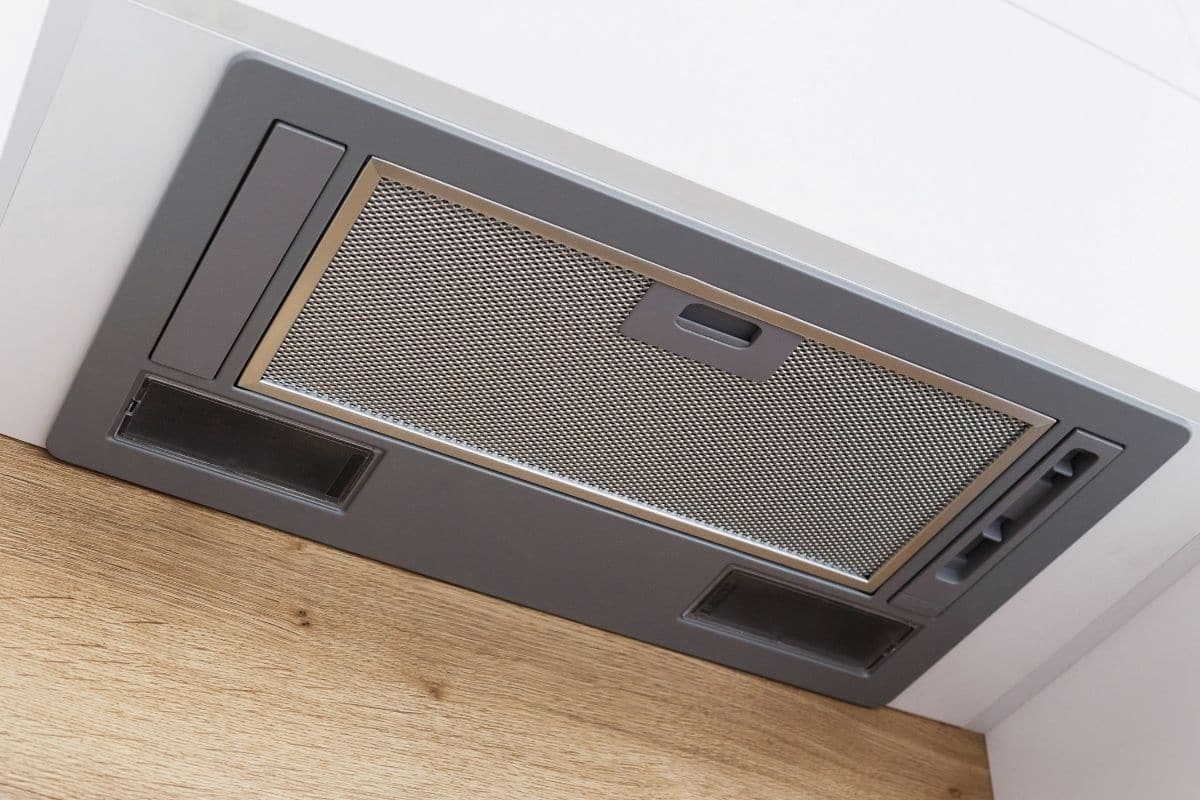

Articles
How Does A Ductless Range Hood Work?
Modified: October 28, 2024
Discover how ductless range hoods work and explore informative articles on this efficient kitchen appliance. Gain insights and find practical tips to enhance your cooking experience.
(Many of the links in this article redirect to a specific reviewed product. Your purchase of these products through affiliate links helps to generate commission for Storables.com, at no extra cost. Learn more)
Introduction
A ductless range hood, also known as a recirculating range hood or a ventless range hood, is an essential appliance in the kitchen that helps to improve air quality by filtering out smoke, grease, odors, and airborne particles generated during cooking. Unlike traditional range hoods that require ductwork to expel the air outside, ductless range hoods use a different mechanism to clean the air before recirculating it back into the kitchen.
In this article, we will explore how a ductless range hood works, discuss its components, the advantages and disadvantages it offers, and provide tips on choosing the right one for your kitchen. So, if you’re considering upgrading your kitchen’s ventilation system, read on!
Key Takeaways:
- Ductless range hoods offer easy installation, improved air quality, and cost-effective air filtration. While they may have limitations, their flexibility and energy efficiency make them a popular choice for kitchens without ducting systems.
- Proper maintenance and filter replacement are crucial for the optimal performance of ductless range hoods. Despite their advantages, it’s important to consider factors such as noise levels, filter type, and design when choosing the right range hood for your kitchen.
Read more: How To Install A Ductless Range Hood?
What is a Ductless Range Hood?
A ductless range hood is a type of ventilation system designed to remove smoke, grease, and odor from the air during cooking. Unlike traditional range hoods that require an external ducting system to expel the air outside, ductless range hoods use filters to remove impurities before recirculating the air back into the kitchen.
These range hoods are particularly useful in kitchens where ducting installation is not feasible or when homeowners prefer not to make structural changes to their homes. They are also popular in apartments and condominiums where there may be restrictions on modifying the building’s ventilation system.
A ductless range hood typically consists of a canopy, filters, a fan, and a control panel. The canopy is the visible part of the range hood that is installed above the cooktop or range, capturing the smoke and fumes. The filters, usually made of aluminum or charcoal, trap grease particles and remove odors from the air. The fan, located inside the range hood, draws in the air and passes it through the filters. The control panel allows users to adjust the fan speed and lighting according to their needs.
It’s important to note that ductless range hoods are not as effective as their ducted counterparts in removing smoke and odors from the kitchen. However, they still provide significant benefits in terms of air filtration and improving overall air quality.
Next, let’s take a closer look at the components of a ductless range hood and how they work together to keep your kitchen clean and fresh.
Components of a Ductless Range Hood
A ductless range hood consists of several key components that work together to effectively remove smoke, grease, and odors from the air in your kitchen.
1. Canopy: The canopy is the visible part of the range hood that is installed above the cooktop or range. It serves as a protective cover and captures the smoke, fumes, and cooking byproducts generated during cooking.
2. Filters: The filters are an essential component of a ductless range hood. There are typically two types of filters used: grease filters and charcoal filters.
- Grease Filters: These filters, made of aluminum or stainless steel, are designed to trap grease particles and prevent them from entering the ventilation system. They help to protect the internal components of the range hood and improve its lifespan.
- Charcoal Filters: Charcoal filters, also known as carbon filters, are responsible for removing odors from the air. They contain activated charcoal, which absorbs and neutralizes unpleasant smells, leaving the air fresh and clean. It’s important to regularly replace these filters to ensure optimal performance.
3. Fan: The fan, located inside the range hood, plays a crucial role in the airflow and filtration process. It draws in the contaminated air from the cooking area, passes it through the filters, and then recirculates the purified air back into the kitchen.
4. Control Panel: The control panel is where you can adjust the settings of your ductless range hood. It typically includes buttons or switches to regulate the fan speed, turn the lights on or off, and control any additional features, such as a timer or a delay shut-off.
5. Lighting: Most ductless range hoods are equipped with built-in lighting to illuminate the cooktop or range area. This provides better visibility while cooking and adds an aesthetic touch to your kitchen.
Now that we understand the components of a ductless range hood, let’s delve into how this appliance works to effectively filter and recirculate the air in your kitchen.
How Does a Ductless Range Hood Work?
A ductless range hood employs a specific mechanism to remove smoke, grease, and odor from the air in your kitchen. Let’s go through the step-by-step process of how a ductless range hood works:
1. Capture Phase: When you start cooking, the range hood’s canopy captures the smoke, fumes, and cooking byproducts that are released into the air. The canopy acts as a barrier, preventing these particles from spreading across your kitchen.
2. Filtration Phase: Once the contaminated air is captured by the canopy, it is passed through the filters. The grease filters first trap any grease particles present in the air. These filters prevent the build-up of grease inside the range hood and the ductless system itself.
The air then continues its journey through the charcoal filters. These filters contain activated charcoal, which effectively absorbs and neutralizes odors, eliminating any unpleasant smells associated with cooking.
It’s important to note that over time, the filters in a ductless range hood can become clogged with grease and dirt. Regularly cleaning or replacing the filters is crucial to maintain the hood’s efficiency and performance.
3. Circulation Phase: After passing through the filters, the purified air is recirculated back into the kitchen. The fan inside the ductless range hood plays a vital role in this process. It draws in the contaminated air, pushes it through the filters, and then releases the clean air back into the room.
During the recirculation process, the range hood may also incorporate a ventless system or employ additional techniques to further improve air quality. Some models may use ionization technology or UV light filters to eliminate bacteria and other pathogens present in the air.
It’s important to note that while a ductless range hood effectively removes smoke, grease, and odor from the air, its recirculation process doesn’t completely eliminate them. It is essential to ensure proper ventilation in the kitchen by opening windows or using other means to allow fresh air in.
Now that we have explored how a ductless range hood works, let’s discuss the advantages and disadvantages of using this type of ventilation system in your kitchen.
Advantages of a Ductless Range Hood
A ductless range hood offers several advantages that make it a popular choice among homeowners. Let’s take a look at some of the key benefits:
1. Easy Installation: One of the main advantages of a ductless range hood is its easy installation process. Unlike ducted range hoods that require extensive ductwork, a ductless range hood can be installed quickly and without major modifications to your kitchen. This makes it a convenient option, especially for those living in apartments or rental properties. 2. Flexibility: Since ductless range hoods do not require a specific ventilation system, they provide greater flexibility in terms of installation location. You can place them virtually anywhere above your cooktop or range, giving you more freedom to design your kitchen layout without being limited by the presence of ductwork. 3. Cost-Effective: Ductless range hoods are generally more cost-effective compared to ducted range hoods. They require less extensive installation work, eliminating the need for professional ducting services. This makes them a budget-friendly option for homeowners looking to upgrade their kitchen ventilation system without breaking the bank. 4. Efficient Air Filtration: Despite not having an external ducting system, ductless range hoods are equipped with filters that effectively trap grease particles and remove odors from the air. The combination of grease and charcoal filters ensures that the air in your kitchen is cleaned and recirculated, reducing the amount of grease and odor that lingers in the space. 5. Improved Air Quality: By trapping and filtering out smoke, grease, and odors, a ductless range hood helps to improve the overall air quality in your kitchen. This is particularly beneficial for individuals with respiratory issues or allergies, as it reduces the presence of harmful airborne particles that can trigger symptoms. 6. Energy Efficiency: Ductless range hoods are designed to be energy-efficient. They consume less energy compared to their ducted counterparts, as they do not have to overcome the resistance caused by the ducting system. This can result in energy savings, making it a more environmentally-friendly choice for your kitchen. 7. Versatile Design Options: Ductless range hoods come in a variety of styles, sizes, and finishes, allowing you to choose a design that complements your kitchen decor. From sleek stainless steel models to contemporary glass canopies, you can find a range hood that adds a stylish touch to your cooking space. 8. Ease of Maintenance: Cleaning and maintaining a ductless range hood is relatively simple. The grease filters can be easily removed and cleaned, while the charcoal filters may need periodic replacement. Regular maintenance ensures optimal performance and prolongs the lifespan of the range hood. Overall, a ductless range hood provides convenience, efficiency, and improved air quality in your kitchen. However, it’s essential to be aware of the disadvantages associated with this type of ventilation system. We will explore them in the next section.
When installing a ductless range hood, make sure to regularly clean or replace the filters to maintain its efficiency in removing smoke and odors from your kitchen.
Read also: 10 Best Range Hood Ductless For 2025
Disadvantages of a Ductless Range Hood
While ductless range hoods offer several advantages, it’s important to consider the disadvantages before deciding if it is the right choice for your kitchen. Let’s explore the potential drawbacks:
1. Limited Smoke and Heat Removal: Compared to ducted range hoods, ductless range hoods have limitations when it comes to removing smoke and heat from the kitchen. Without an external vent, the recirculated air may still contain some traces of smoke and heat, especially during intense cooking. This can lead to a less effective ventilation system overall. 2. Frequent Filter Cleaning or Replacement: The filters in a ductless range hood require regular cleaning or replacement to maintain their efficiency. Grease filters can become clogged with grease and grime, affecting their performance. Charcoal filters, which are responsible for removing odors, have a limited lifespan and need to be replaced periodically. This can add maintenance and operating costs to your kitchen appliances. 3. Less Effective at Removing Odors: While ductless range hoods do a decent job of capturing and filtering odors, they may not be as effective as ducted range hoods in completely eliminating strong cooking smells. The recirculated air may still retain some odors, especially if you cook heavily spiced or aromatic dishes. 4. Requires Regular Maintenance: Like any kitchen appliance, a ductless range hood requires regular maintenance to ensure optimal performance and longevity. This includes cleaning the filters, checking the fan for any debris, and inspecting the overall condition of the hood. Neglecting maintenance can lead to reduced efficiency and potential issues down the line. 5. Noise Levels: Depending on the model and fan speed, ductless range hoods can produce noticeable noise during operation. The noise can vary from a low hum to a louder sound, which can be a concern for some homeowners, particularly in open-concept kitchens or for those who value a quiet cooking environment. 6. Recirculation of Contaminants: While the filters in a ductless range hood help to remove grease and odors, they do not eliminate other contaminants, such as carbon monoxide or volatile organic compounds (VOCs). If you frequently cook with gas stoves or use chemical cleaners in your kitchen, these contaminants may still be present in the recirculated air. 7. Dependence on Filter Maintenance: The effectiveness of a ductless range hood heavily relies on proper and timely filter maintenance. Failure to clean or replace the filters as needed can result in reduced performance, compromised air quality, and potential damage to the range hood itself. 8. Lower Resale Value: While a ductless range hood provides functional benefits, it may not have the same appeal to potential homebuyers compared to a kitchen with a ducted range hood. This could potentially impact the resale value of your home, especially if other houses in the neighborhood have ducted ventilation systems. Considering these disadvantages alongside the advantages will help you make an informed decision about whether a ductless range hood is the right choice for your kitchen. Next, we will explore some important factors to consider when choosing the right ductless range hood for your needs.
Choosing the Right Ductless Range Hood
When it comes to selecting the right ductless range hood for your kitchen, there are several factors to consider. By taking these aspects into account, you can ensure that the range hood meets your specific needs and preferences. Here are some key considerations:
1. Size and Capacity: The size of the ductless range hood should be proportional to the size of your cooktop or range. It should effectively cover the cooking area to capture smoke and fumes efficiently. Consider the width, height, and depth of the range hood, ensuring that it fits well in your kitchen space. 2. Airflow and Fan Speed: Look for a ductless range hood with adequate airflow and fan speed options. The higher the airflow rate and fan speed, the more effective the range hood will be in removing smoke, grease, and odors. Adjustable fan speeds allow you to tailor the ventilation settings to different cooking scenarios. 3. Noise Level: Consider the noise level produced by the range hood’s fan during operation. Look for models that have noise-reduction features or multiple fan speed options to minimize noise while maintaining efficient ventilation. This is particularly important if you value a quiet cooking environment. 4. Filter Type and Maintenance: Pay attention to the type of filters used in the range hood and their maintenance requirements. Opt for range hoods that have easily removable and washable grease filters. For charcoal filters, ensure they are easily accessible for replacement. Regular filter maintenance is crucial for optimal performance. 5. Design and Style: Consider the design and style of the ductless range hood to ensure it complements your kitchen’s aesthetics. There are various options available, from sleek stainless steel designs to modern glass canopies. Choose a style that fits your kitchen’s décor and enhances its overall visual appeal. 6. Lighting: Look for a ductless range hood that provides ample lighting for your cooking area. Well-placed and bright LED lights can improve visibility while preparing meals. Consider range hoods with adjustable lighting settings to create the desired ambiance in your kitchen. 7. Brand Reputation and Warranty: Research the reputation of different brands and read customer reviews to gauge their reliability and customer satisfaction. Additionally, consider the warranty offered by the manufacturer. A longer warranty period indicates confidence in the range hood’s quality and durability. 8. Budget: Set a budget for your ductless range hood purchase and explore options within that range. Remember to consider not just the upfront cost but also ongoing maintenance costs, such as filter replacements. Finding the right balance between cost and features will help ensure you make a sound investment. By considering these factors, you can select a ductless range hood that suits your kitchen’s requirements and enhances your cooking experience. Keep in mind that proper installation and regular maintenance are crucial for the range hood’s optimal performance and longevity. In the next section, we will discuss the proper installation and maintenance of a ductless range hood to help you get the most out of your appliance.
Installation and Maintenance of a Ductless Range Hood
Proper installation and regular maintenance are essential to ensure the efficient operation and longevity of your ductless range hood. Follow these guidelines to install and maintain your range hood effectively:
Installation: 1. Read the Instructions: Before installing your ductless range hood, carefully read the manufacturer’s instructions provided with the product. Familiarize yourself with the specific requirements and guidelines for installation. 2. Choose the Right Location: Select a suitable location above your cooktop or range for the range hood installation. Ensure that there is enough space for proper airflow and clearance between the hood and any surrounding cabinets or walls. 3. Mounting the Range Hood: Follow the specific instructions for mounting the range hood onto the wall or under a cabinet. Use appropriate hardware and brackets to securely attach the range hood. 4. Electrical Connections: If the range hood requires electrical connections, ensure that the power is switched off before making any electrical connections. Follow the electrical wiring instructions provided by the manufacturer or hire a licensed electrician to handle the electrical work. 5. Ventilation and Ductwork: In a ductless range hood, there is no need for external ductwork. However, if necessary, ensure that the ductless recirculation system is properly set up, including the use of suitable charcoal filters. 6. Secure the Canopy and Filters: Attach the canopy securely to the range hood, ensuring a tight seal. Install the grease filters and charcoal filters according to the manufacturer’s instructions. 7. Check for Proper Functioning: After installation, test the range hood to ensure proper functioning of the fan and lighting. Make any necessary adjustments or troubleshooting as recommended in the instructions. Maintenance: 1. Regular Filter Cleaning: Clean the grease filters regularly to prevent grease build-up and maintain efficient airflow. Wash the filters with warm, soapy water or follow the manufacturer’s recommendations. Allow the filters to dry completely before reinstalling them. 2. Charcoal Filter Replacement: If your ductless range hood uses charcoal filters, replace them as recommended by the manufacturer. Charcoal filters have a limited lifespan and losing their effectiveness over time. 3. Cleaning the Exterior: Wipe down the exterior of the range hood regularly using a mild detergent or stainless-steel cleaner. This helps to remove grease, fingerprints, and other residues that can accumulate on the surface. 4. Check for Fan and Lighting Functionality: Periodically test the fan and lighting functions to ensure they are working correctly. If you notice any issues, refer to the manufacturer’s instructions or consult a professional for assistance. 5. Inspect for Damage: Regularly inspect the range hood for any signs of damage or wear. Pay attention to the electrical connections, control panel, and canopy. If you notice any issues, address them promptly to prevent further damage. 6. Professional Maintenance, if Required: If you encounter complex issues or are unsure about maintaining your ductless range hood, consider hiring a professional technician who specializes in range hood maintenance to conduct regular inspections and maintenance. By following these installation and maintenance guidelines, you can ensure the optimal performance and longevity of your ductless range hood, keeping your kitchen clean, fresh, and well-ventilated. In the concluding section, we will summarize the key points discussed and emphasize the importance of choosing the right ductless range hood for your kitchen.
Conclusion
Ductless range hoods provide an effective solution for removing smoke, grease, and odors from your kitchen without the need for external ducting. While they may have some limitations, such as less effective smoke removal, these appliances offer numerous advantages that make them a popular choice among homeowners.
When choosing a ductless range hood, consider factors such as size, airflow, noise level, maintenance requirements, and design. Finding the right balance between functionality, style, and budget will ensure that you select a range hood that suits your specific needs and enhances your cooking experience.
Proper installation and regular maintenance are vital for the optimal performance and durability of your ductless range hood. Follow the manufacturer’s instructions during installation and carefully clean or replace the filters to maintain efficient air filtration. Additionally, conduct routine inspections and address any issues promptly to avoid further damage.
While ductless range hoods may not be as powerful as ducted range hoods in terms of smoke removal, they still provide significant benefits in terms of air purification and improved air quality. However, it’s important to remember that no range hood can completely eliminate all pollutants, so it’s essential to ensure proper ventilation in your kitchen by opening windows or employing other means to introduce fresh air.
By understanding how a ductless range hood works, considering the advantages and disadvantages, and following proper installation and maintenance practices, you can enjoy a cleaner and healthier cooking environment in your kitchen.
So, if you’re looking to upgrade your kitchen’s ventilation system, consider a ductless range hood and enjoy the benefits it brings to your cooking space!
Frequently Asked Questions about How Does A Ductless Range Hood Work?
Was this page helpful?
At Storables.com, we guarantee accurate and reliable information. Our content, validated by Expert Board Contributors, is crafted following stringent Editorial Policies. We're committed to providing you with well-researched, expert-backed insights for all your informational needs.
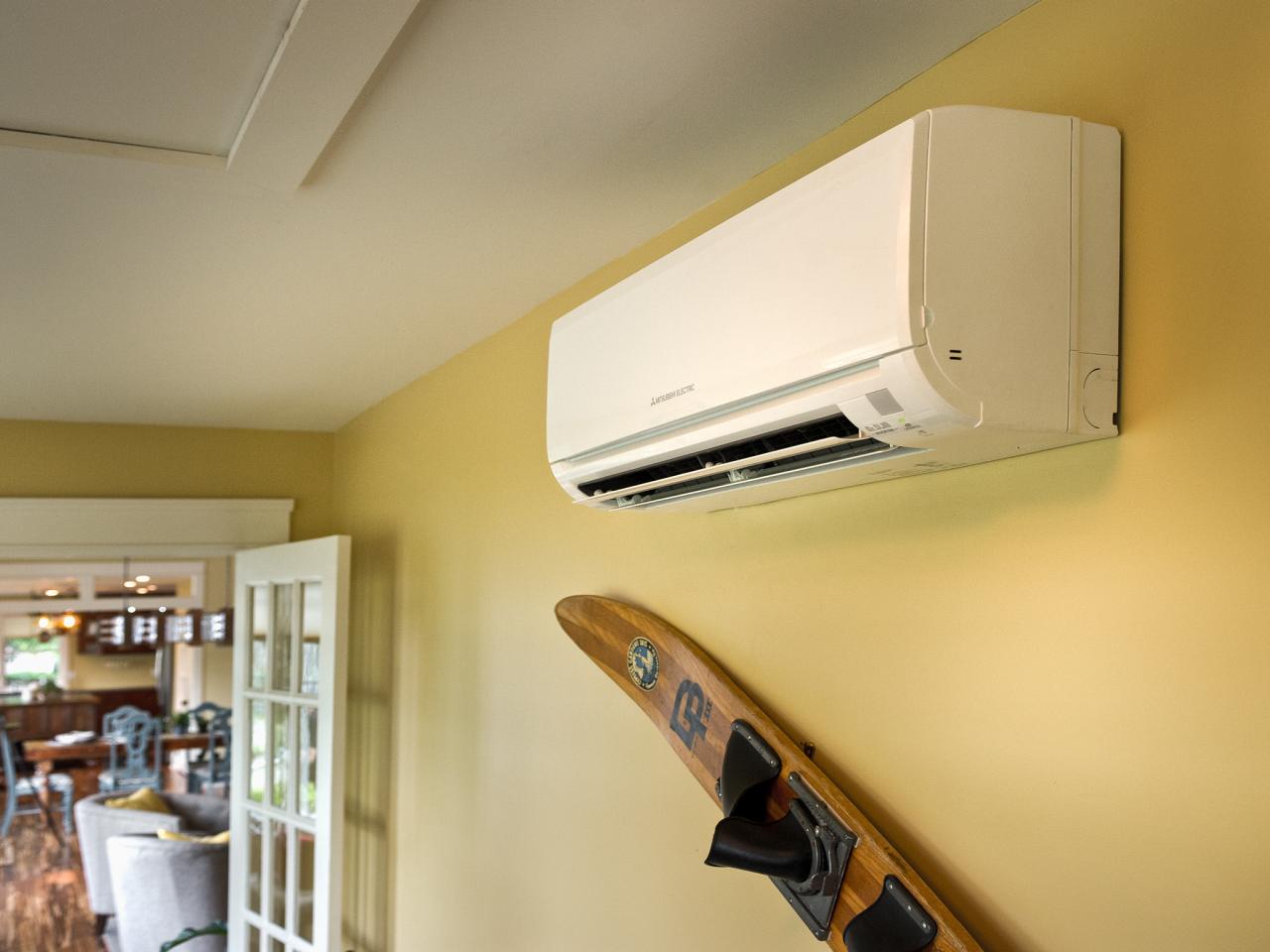
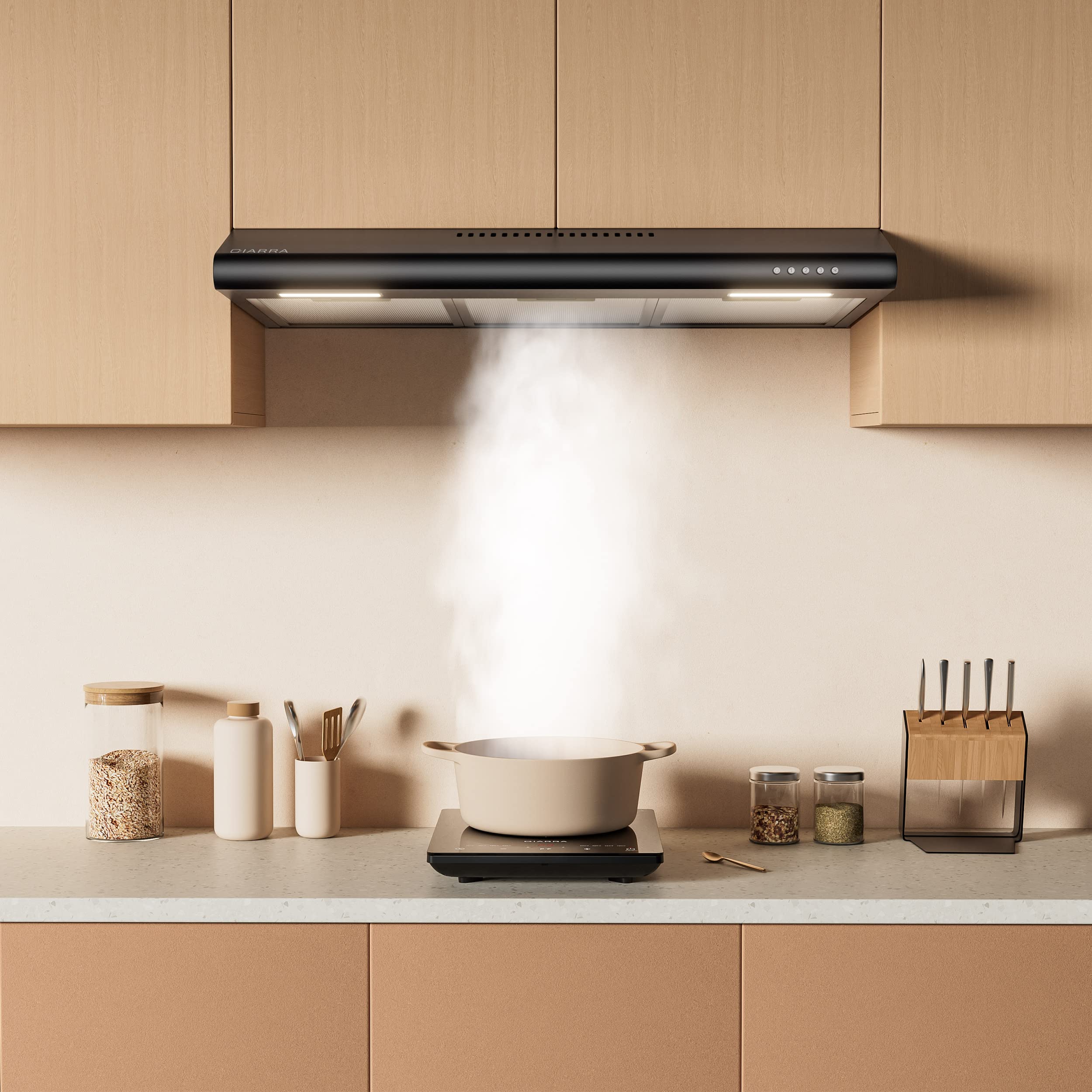
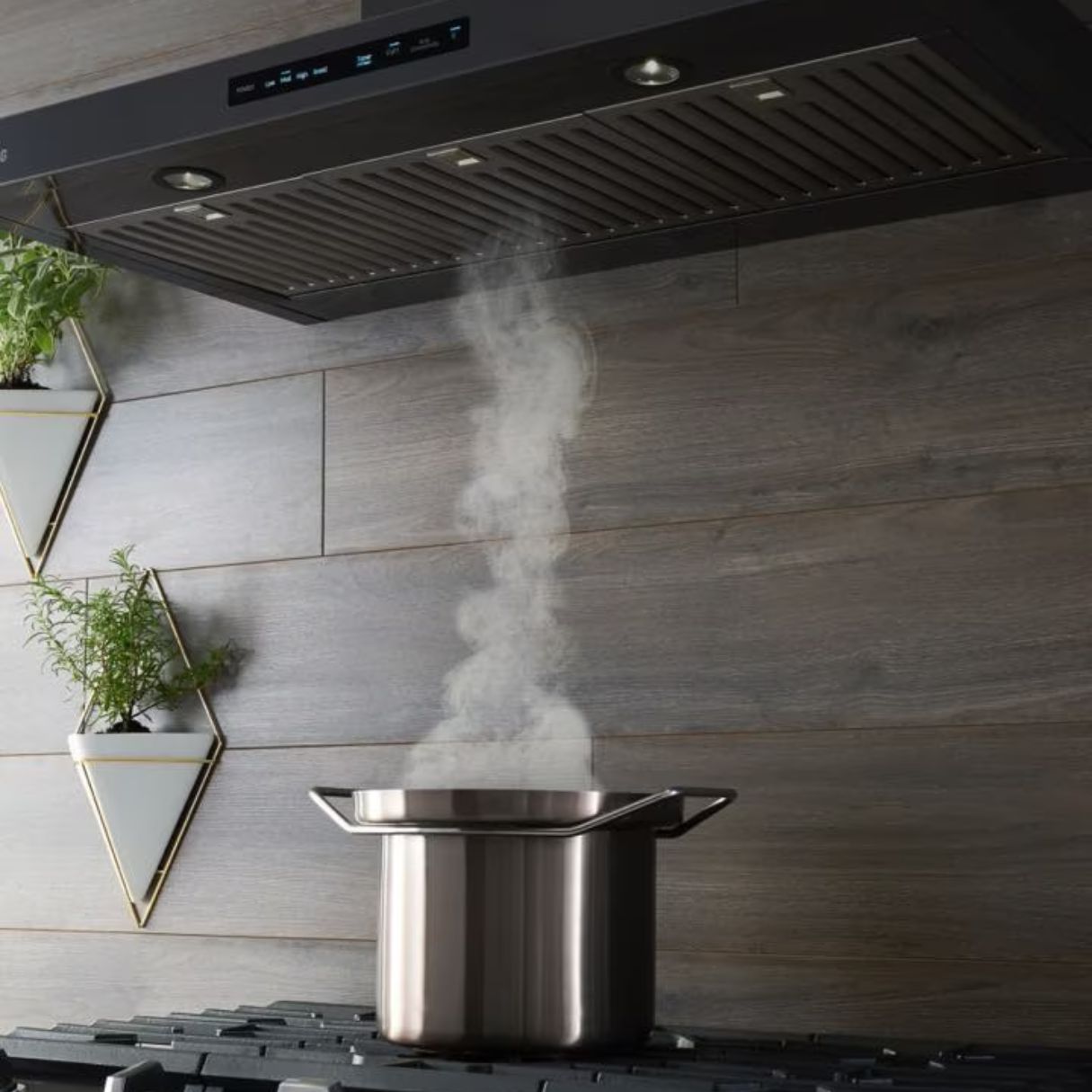
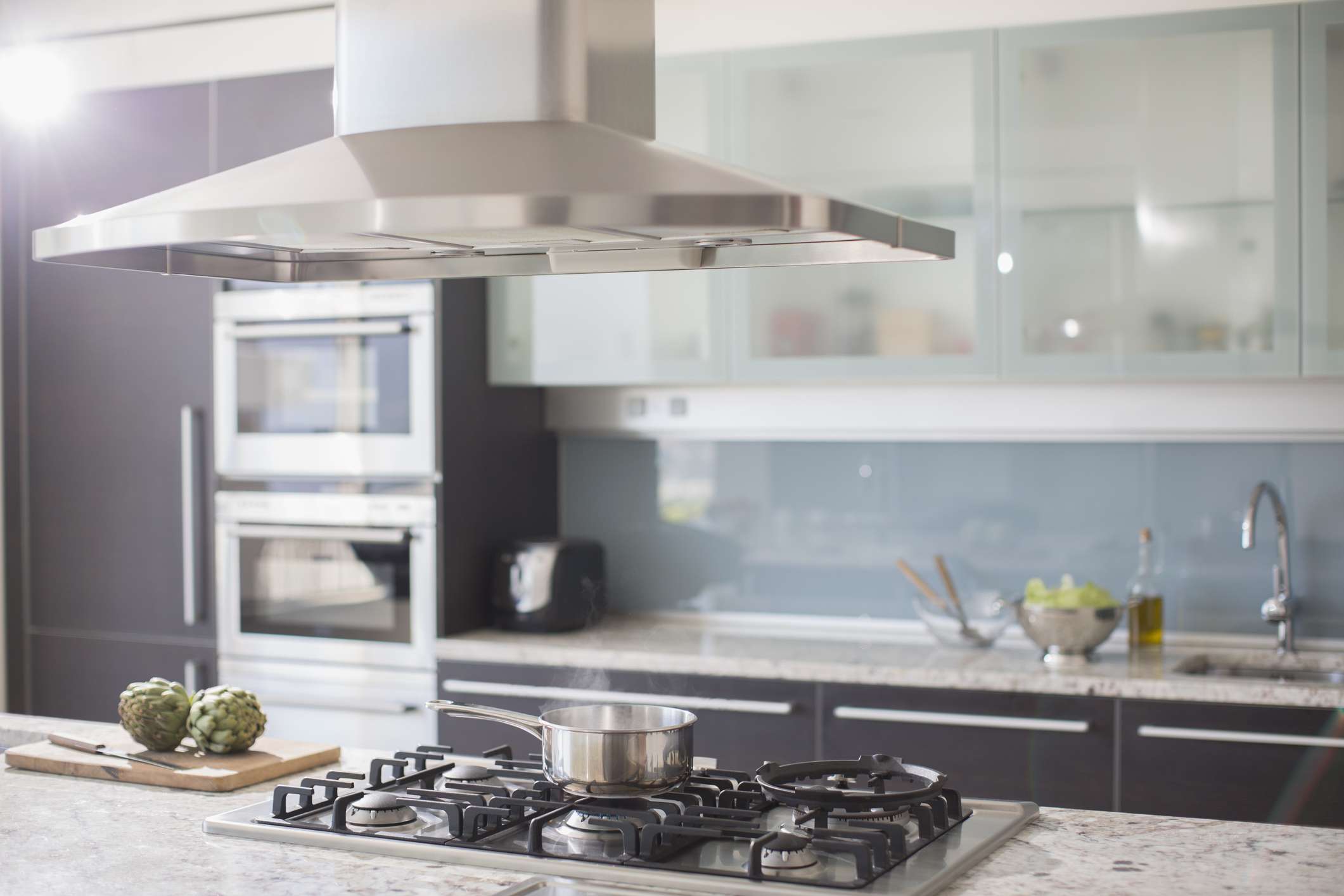
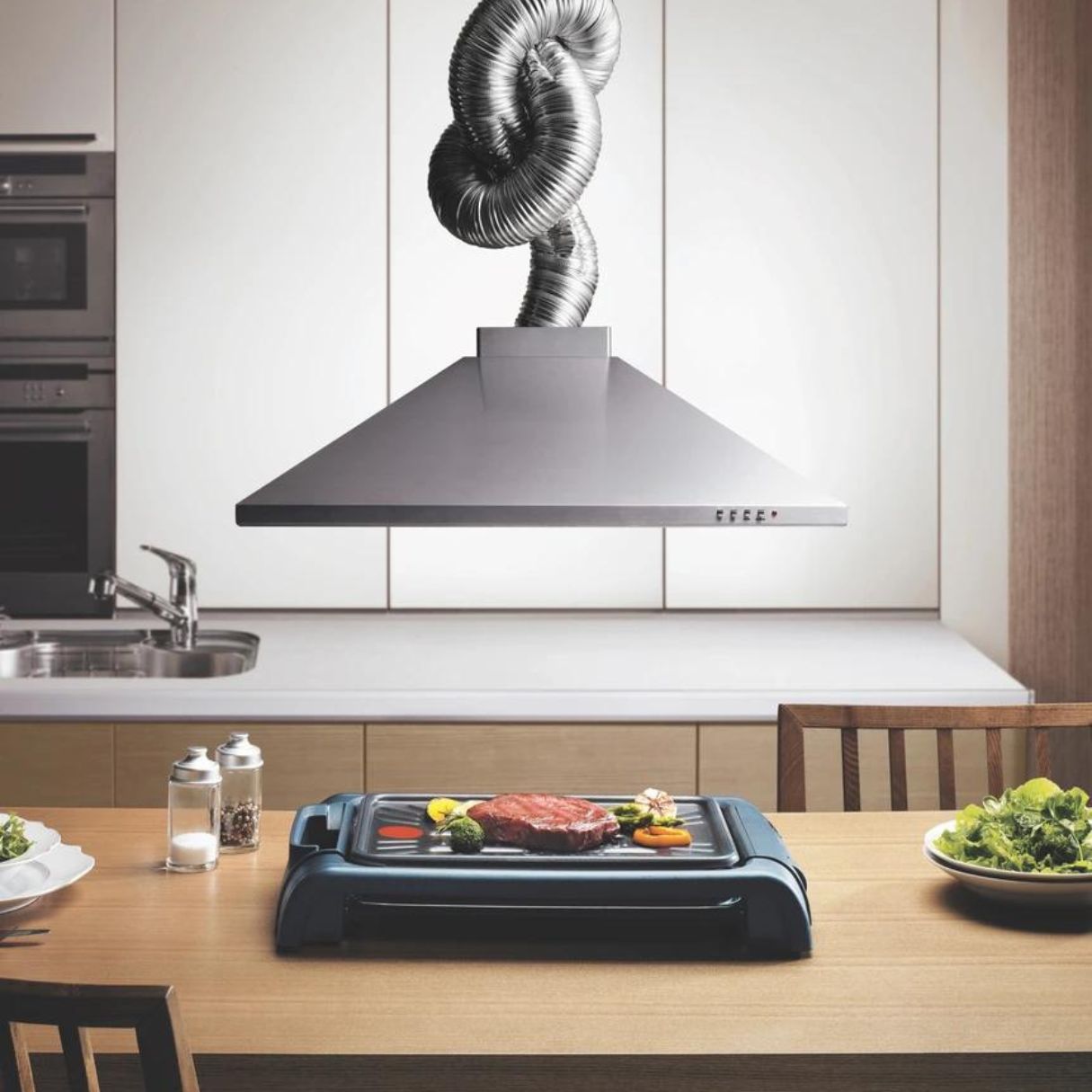
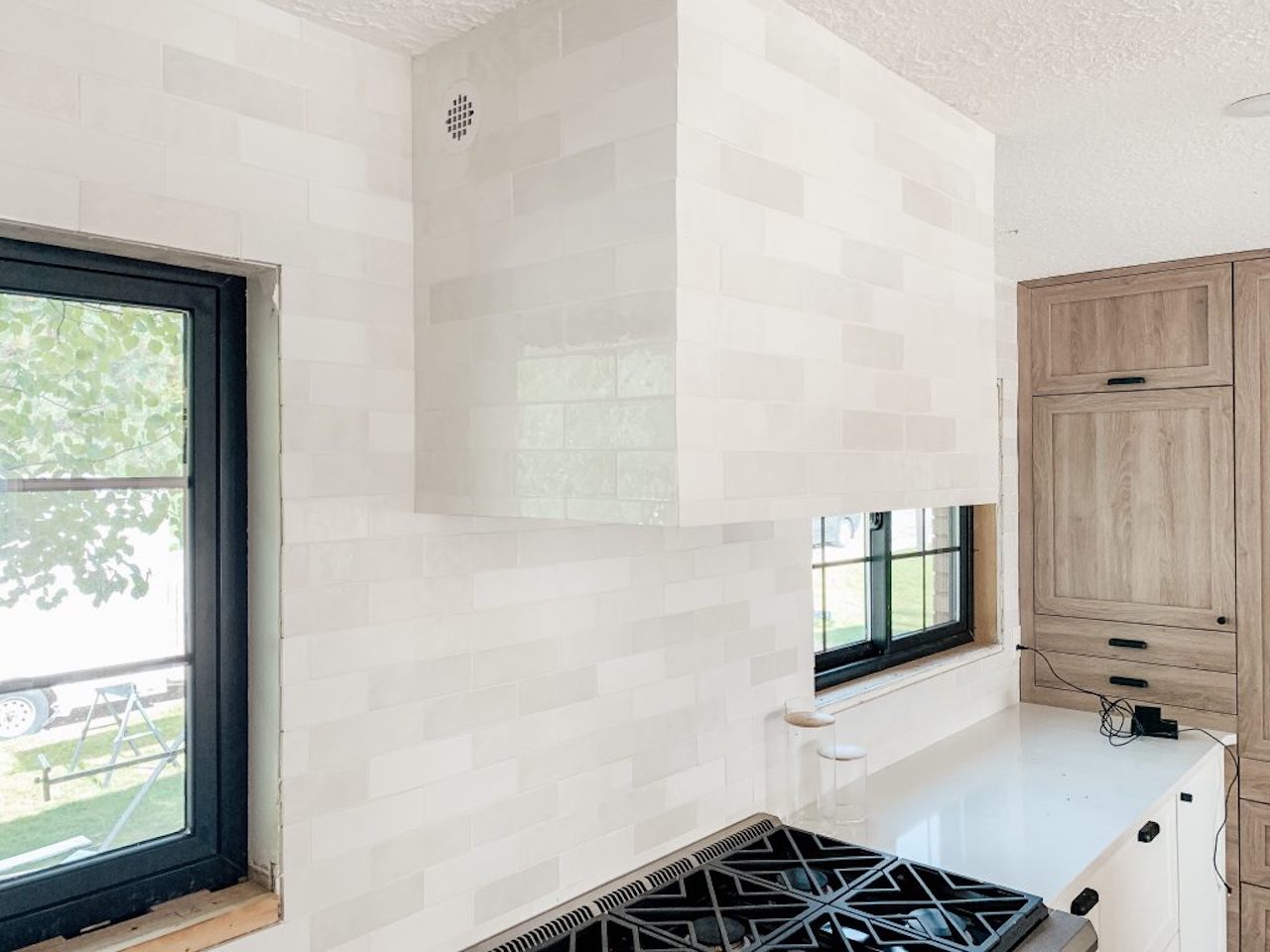
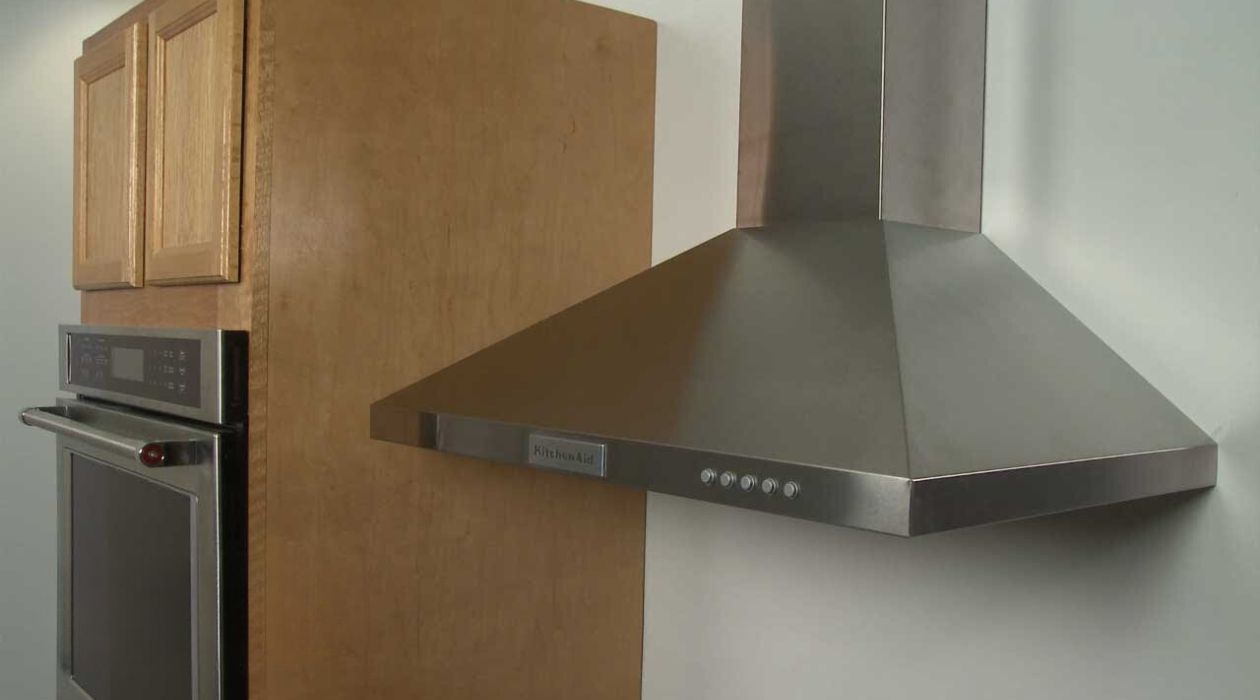

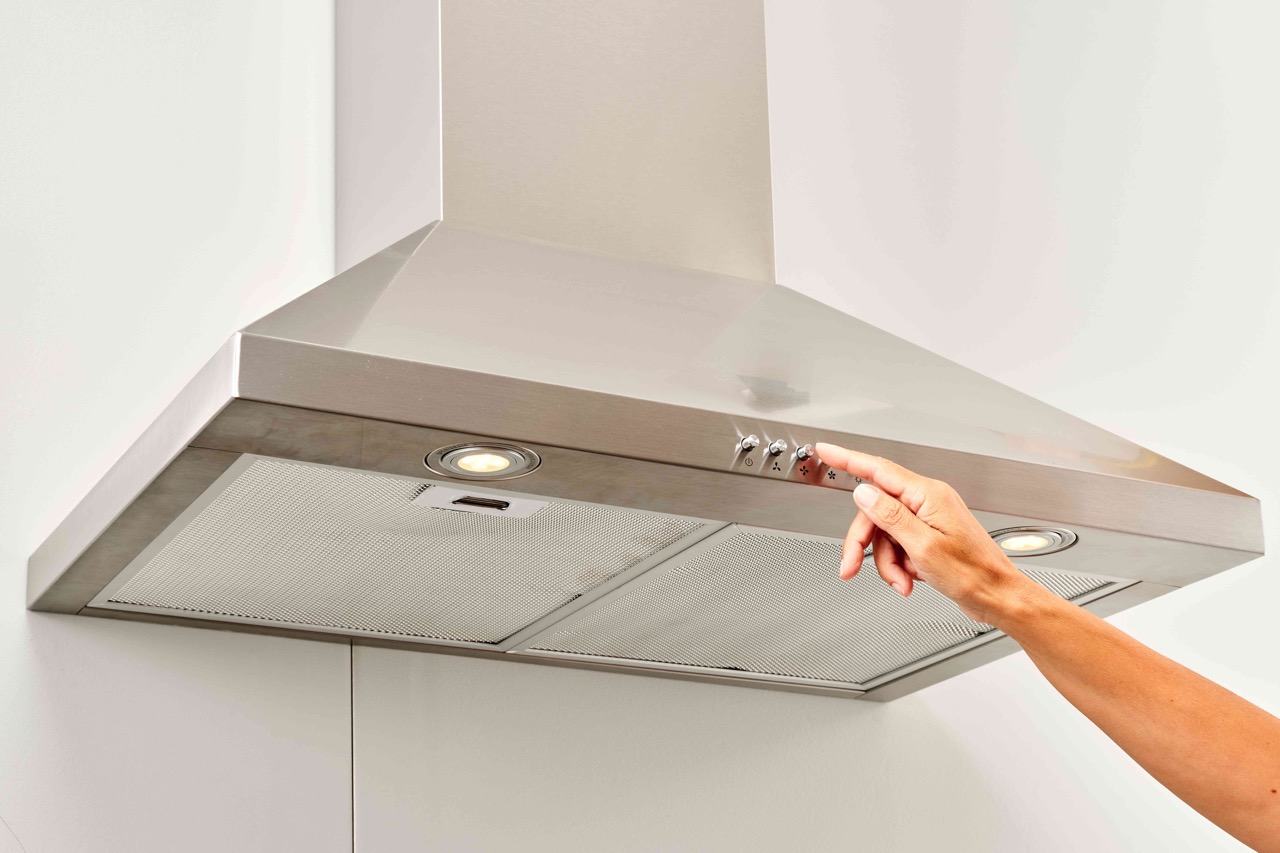
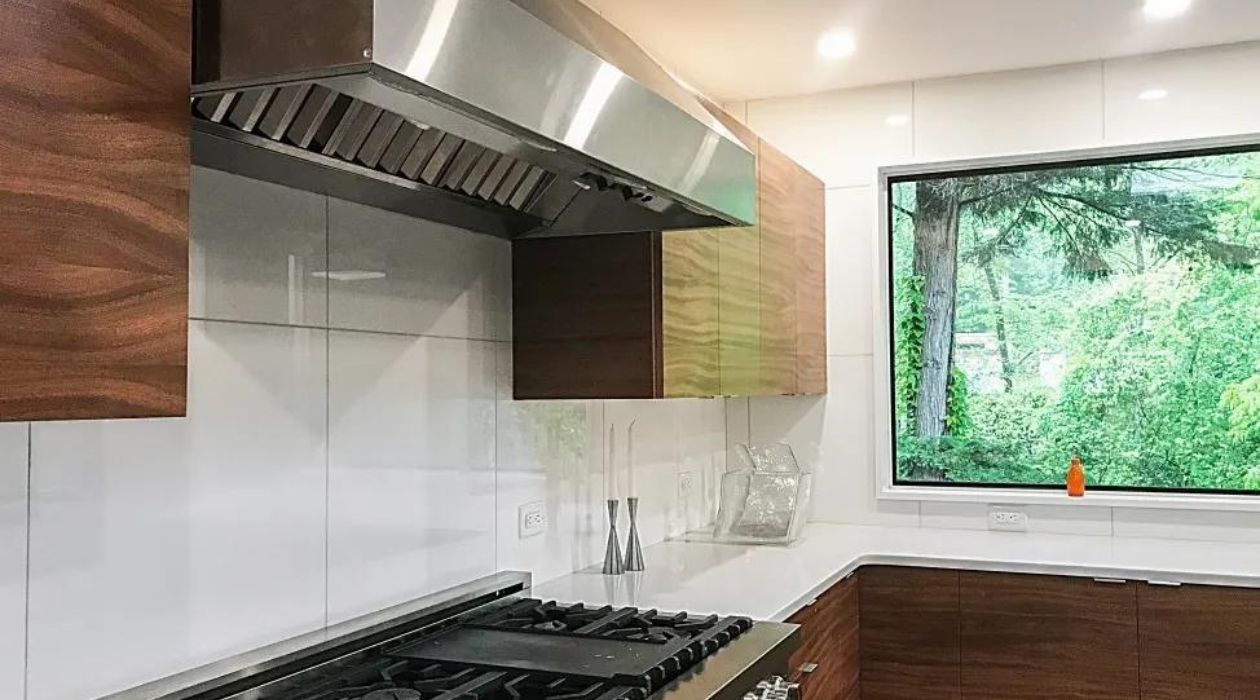
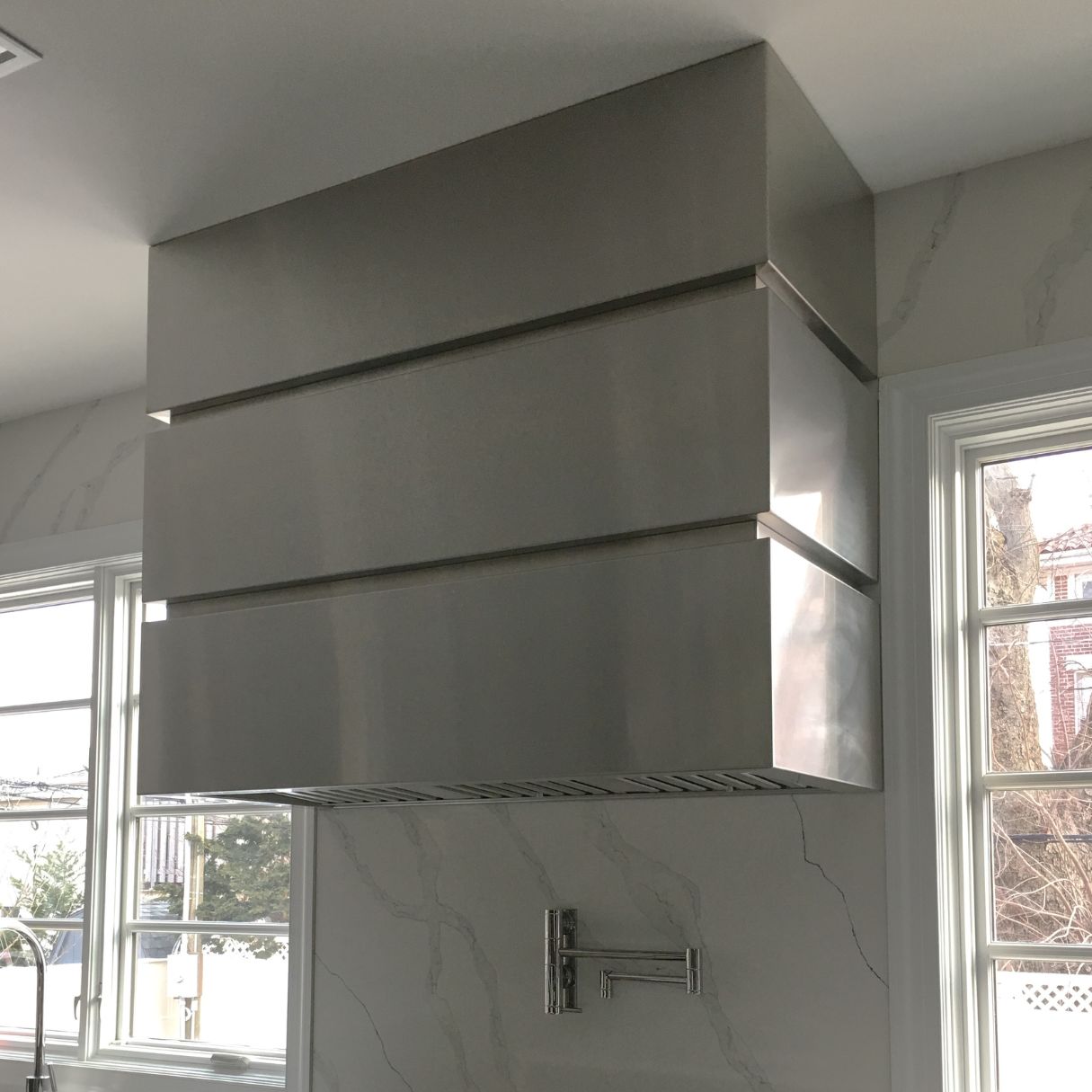

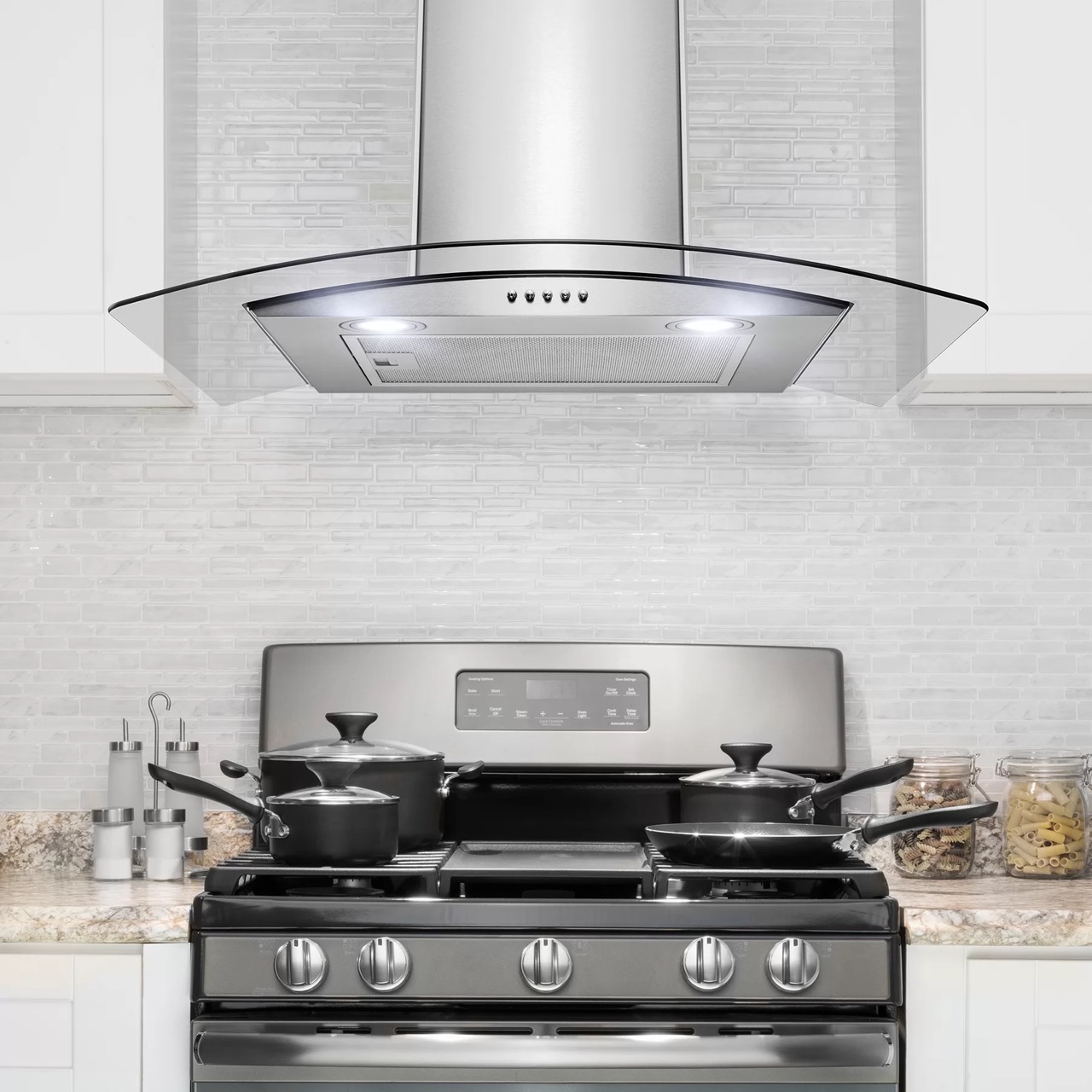
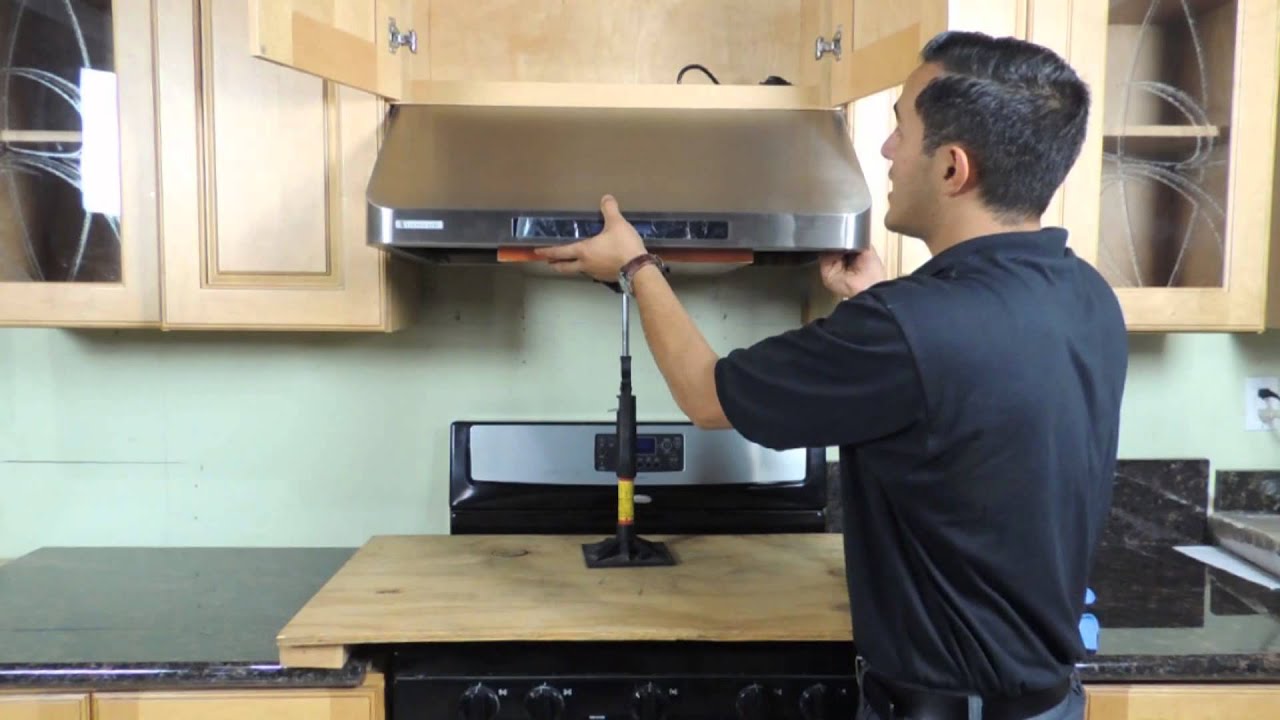

0 thoughts on “How Does A Ductless Range Hood Work?”